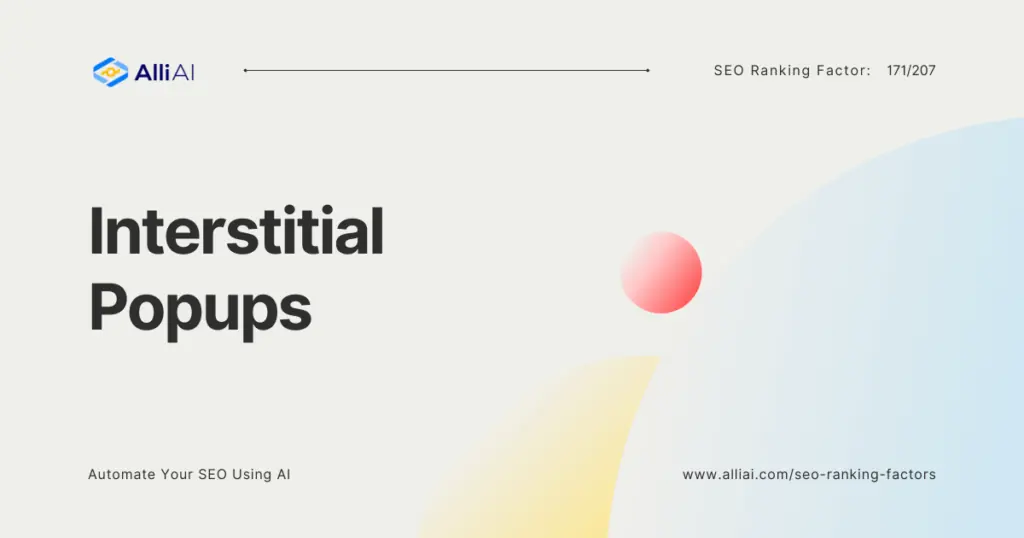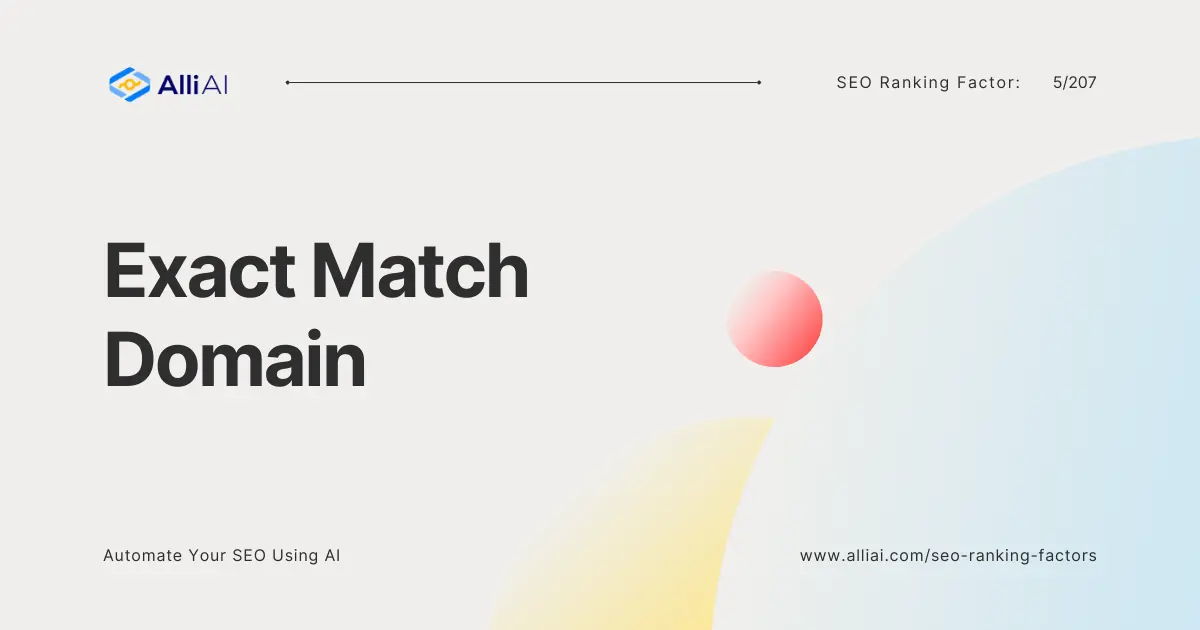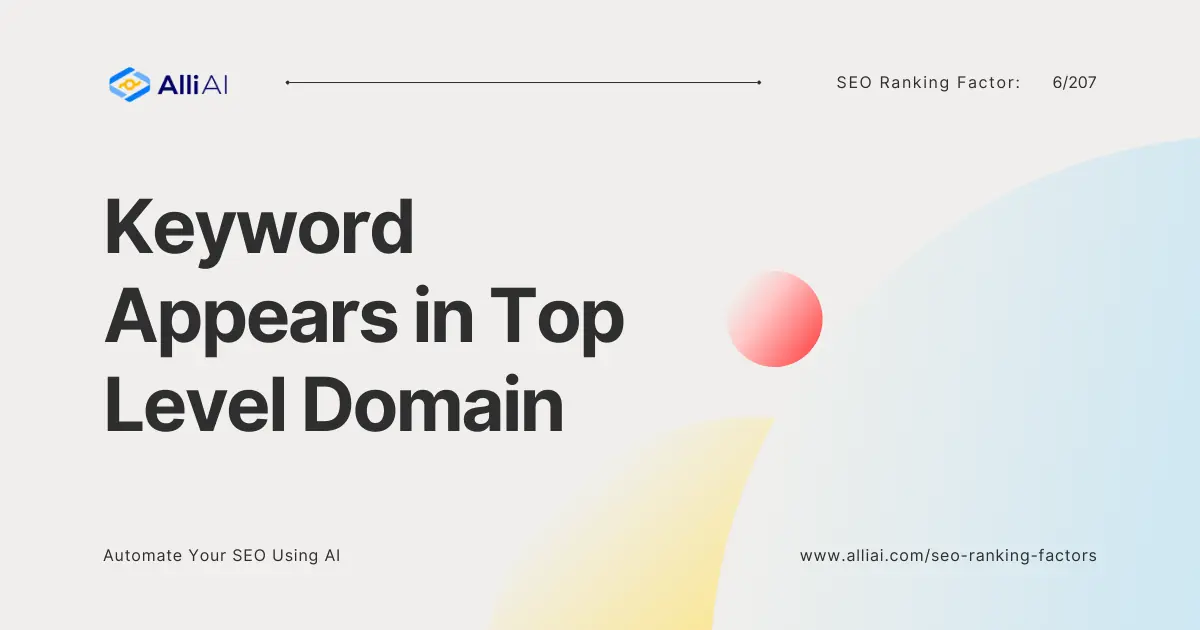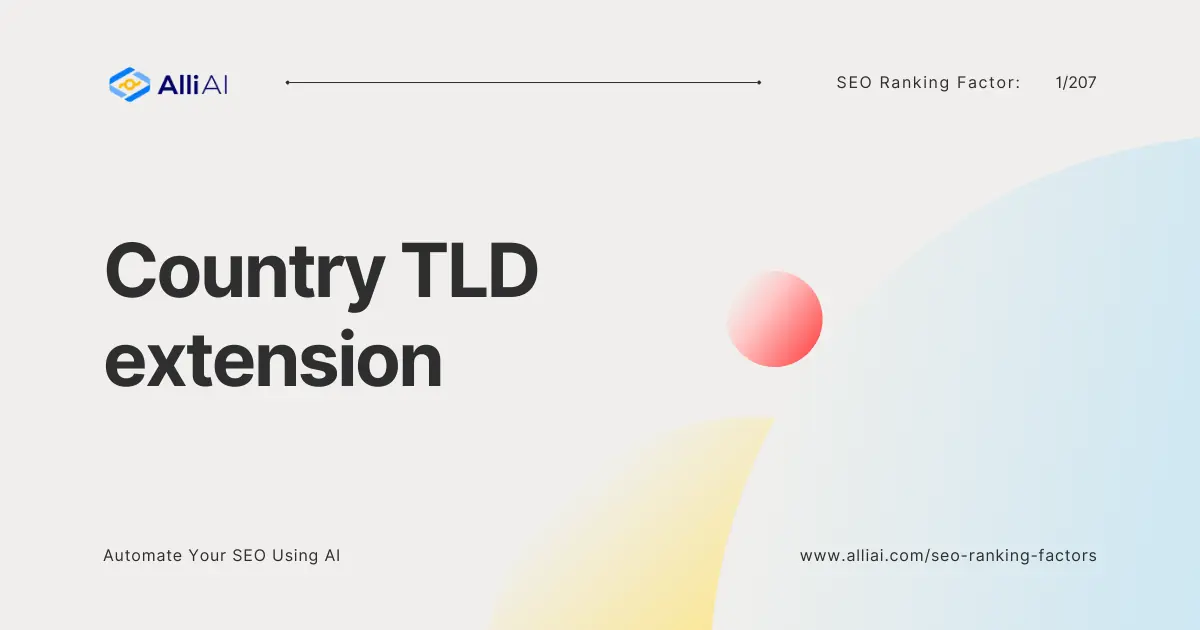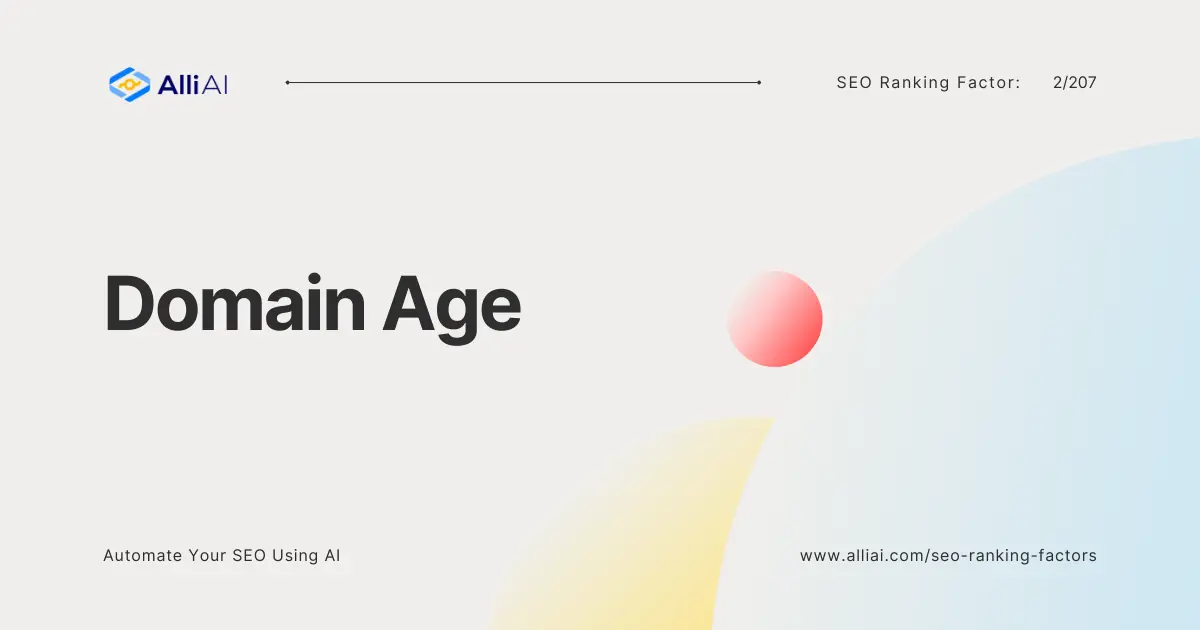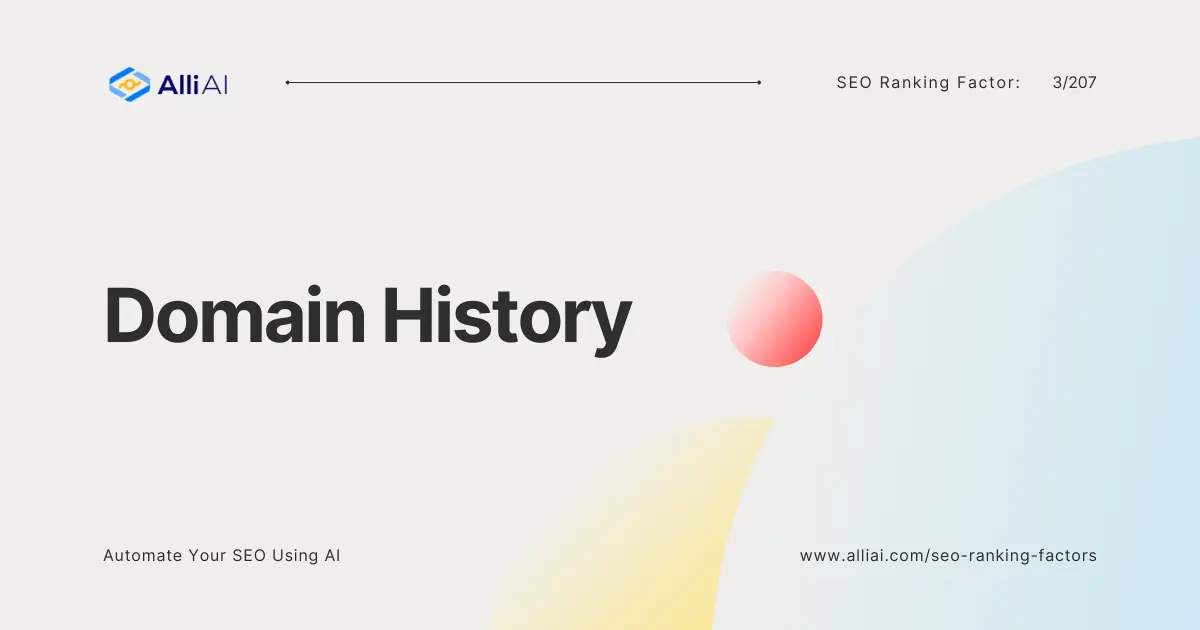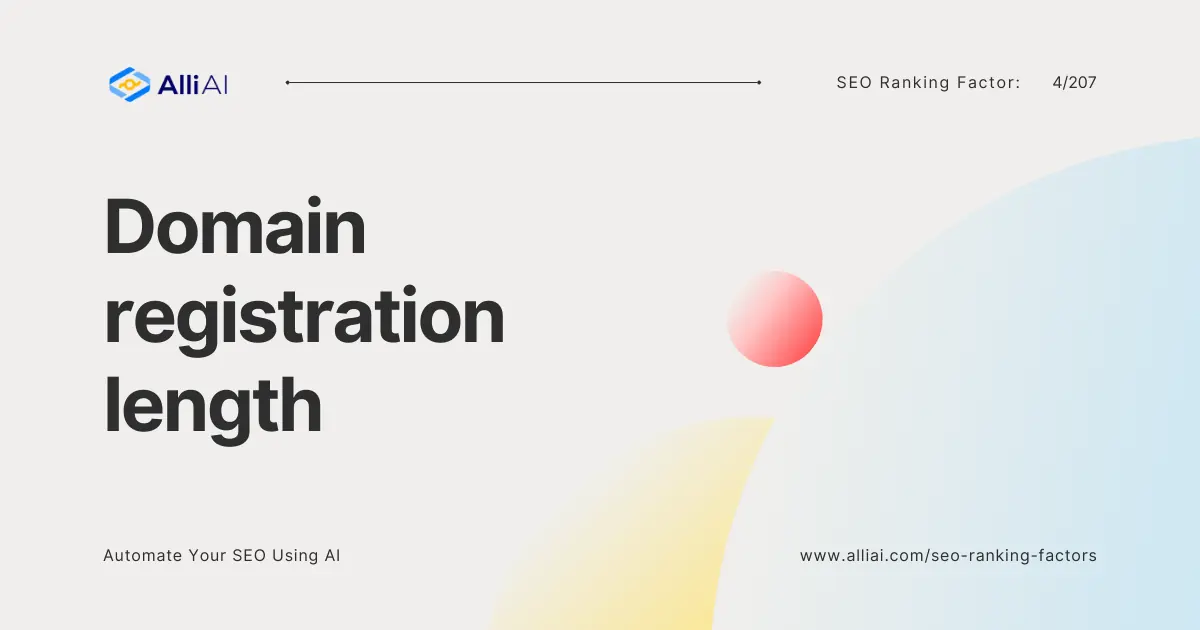What is Interstitial Popups?
Interactive popups, often termed as interstitial popups, refer to web overlays that appear before a predetermined web page is displayed. Think of it as the commercial break that rolls out just when you’re about to watch the climax of your favorite show on TV. In digital contexts, these popups might promote a newsletter, offer a discount, or suggest similar content to enhance user engagement.
These popups are essentially a digital marketing strategy utilized by websites to capture immediate user attention. Unlike traditional banner ads or sidebar placements, interstitial popups are hard to ignore due to their prominent placement and often full-screen appearance.
Imagine you’re just about to enter a fancy store when someone steps in front of you holding a sign that offers a special discount, but to avail it, you need to sign up first. This interruption requires your action (signing up) before you can proceed to what you were initially interested in (entering the store). That’s essentially what interstitial popups do in the digital domain.
Why is Interstitial Popups Important in SEO?
Interstitial popups play a controversial role in the realm of SEO (Search Engine Optimization). On one hand, when used wisely, they can significantly increase conversions, newsletter sign-ups, and user engagement, contributing positively to the overall user experience. On the other, if implemented poorly, they can harm a website’s SEO performance by affecting page loading time and usability, leading to potential penalties from search engines, especially Google.
How Interstitial Popups Affects SEO?
The impact of interstitial popups on SEO can be quite profound:
1. User Experience: Google and other search engines prioritize user experience. If interstitials are intrusive, leading to negative user experiences, this can increase bounce rates and reduce the time spent on the page, negatively affecting SEO rankings.
2. Mobile Usability: Google’s mobile-friendly update explicitly mentions penalizing intrusive interstitials on mobile sites. Since mobile browsing is predominant, non-compliant popups can lead to a drop in mobile search rankings.
3. Page Speed: Heavy popups can slow down page loading times, another critical SEO ranking factor. Google has continually emphasized page speed in its ranking algorithms.
According to a 2020 study by Portent, pages that loaded in one second had a conversion rate 3x higher than pages that loaded in five seconds ([source](https://www.portent.com/blog/analytics/research-page-speed-conversions.htm)). This statistic underscores the importance of fast-loading pages, suggesting that heavy interstitials could be detrimental to both user experience and SEO.
Moreover, a Google report highlights that 53% of mobile site visits are abandoned if pages take longer than three seconds to load ([source](https://developers.google.com/web/fundamentals/performance/why-performance-matters)). Considering the potential for interstitials to delay content visibility, their impact on mobile SEO cannot be overstated.
FAQ
How can I implement interstitial popups without harming my SEO?
To align with SEO best practices, ensure your popups are not obstructive, particularly on mobile. Use timers, so they appear after users have spent a significant amount of time on your site, or set them to display as exit-intent popups. Always provide a clear and easy means to close the popup.
Do all types of interstitial popups affect SEO negatively?
Not necessarily. Non-intrusive, legally required interstitials (for age verification or cookie usage, for example) and banners that take up a reasonable portion of the screen space are generally not harmful. The key is ensuring a balance between user engagement and user experience.
Are there alternatives to interstitial popups that are more SEO-friendly?
Yes, you can explore other options like top banners, slide-ins, or even delayed popups, which tend to be less intrusive while still effectively capturing user attention and encouraging action.
Conclusion
Interstitial popups, when used judiciously, can be a powerful tool for engaging visitors and increasing conversions. However, their implementation requires a nuanced understanding of SEO and user experience principles to avoid potential penalties and backlash. By adhering to best practices and prioritizing the visitor’s journey on your site, you can leverage interstitial popups to their full advantage without compromising your SEO efforts. Balancing this double-edged sword is key to harmoniously integrating popups into your digital strategy, ensuring they serve your goals while enriching the user experience.
